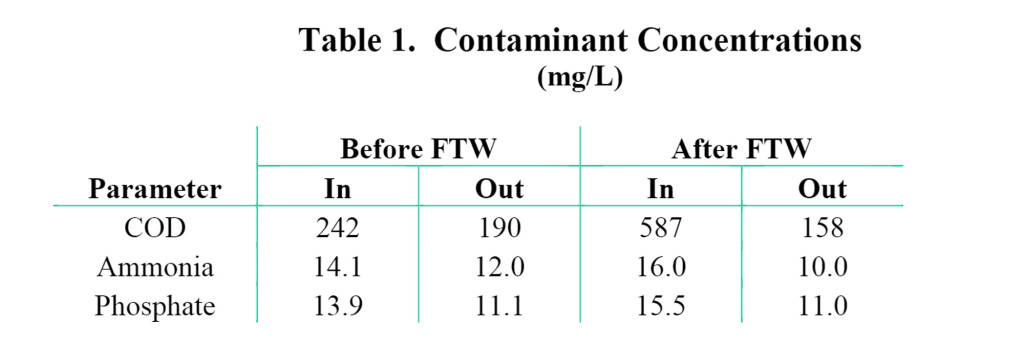This case study demonstrates the ability of patented BioHaven® floating treatment wetlands technology (FTW) to clean water by substantially reducing nutrient levels. At wastewater facility in Louisiana, BioHavens® more than doubled removal rates for chemical oxygen demand (COD), ammonia, and phosphate.


